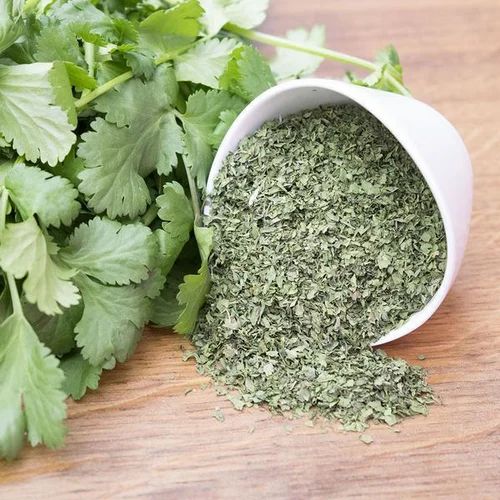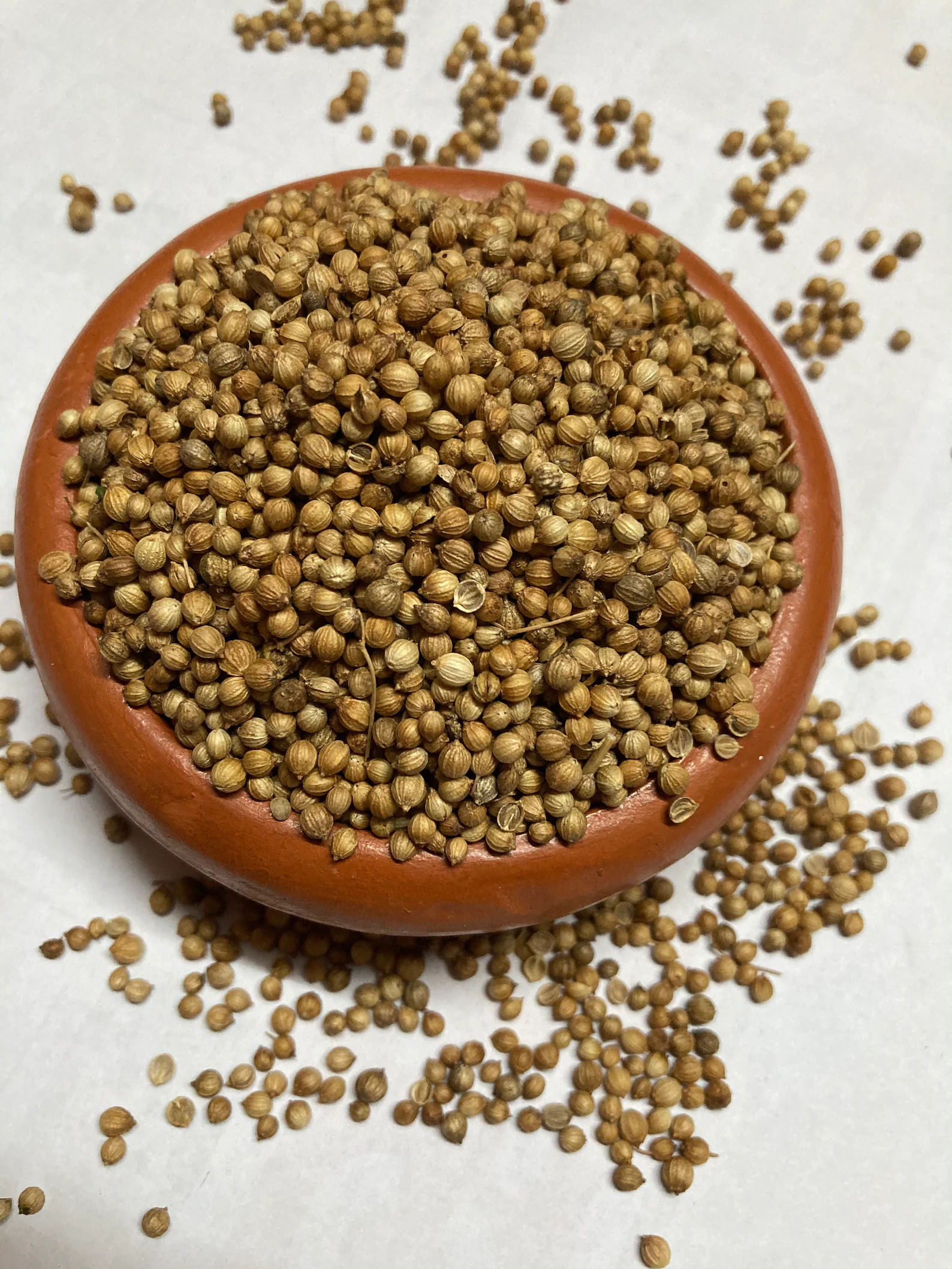what is coriander?

Coriander (Coriandrum sativum) is an herb that is commonly used in cooking for its leaves and seeds. It goes by different names in different regions, such as cilantro (in the United States and some other English-speaking countries) and Chinese parsley. The plant belongs to the Apiaceae family and is native to regions spanning from southern Europe and North Africa to southwestern Asia.
· Leaves (Cilantro): The fresh green leaves of the coriander plant are commonly referred to as cilantro. Cilantro has a citrusy, slightly sweet flavor and is widely used in various cuisines, particularly in Latin American, Middle Eastern, Indian, and Southeast Asian dishes. It is often added as a garnish or incorporated into salads, salsas, and sauces.
· Seeds: The seeds of the coriander plant are dried and used as a spice. These seeds have a warm, citrusy, and slightly sweet flavor. Ground coriander is a common spice in many spice blends and is used in a variety of dishes, including curries, stews, and baked goods.
Stages from cultivation … to packaging

· Cultivation:
- Coriander is usually grown as an annual herb. It thrives in well-drained soil with a pH level between 6.2 and 6.8.
- Seeds are sown directly in the ground or started indoors and then transplanted.
· Germination and Seedling Stage:
- After sowing the seeds, coriander goes through a germination period. The seeds usually germinate within 7 to 20 days.
- Seedlings are then thinned to ensure proper spacing.
· Growth and Harvesting:
- Coriander leaves (cilantro) can be harvested once the plant reaches a sufficient height, usually around 6 to 8 inches.
- The leaves are typically harvested before the plant flowers, as the flavor tends to change after flowering.
- For coriander seeds, the plant is allowed to flower and produce seeds. The seeds are ready for harvest when they turn brown.
· Drying:
- If coriander leaves are harvested, they can be used fresh or dried for later use. Drying can be done naturally by hanging the bunches upside down in a well-ventilated area.
- Coriander seeds are typically left on the plant until they are fully mature and then harvested. After harvesting, they are dried in the sun or using mechanical dryers.
· Cleaning and Sorting:
- After drying, the coriander leaves or seeds need to be cleaned to remove any dirt or impurities.
- Seeds are separated from any remaining plant material.
· Packaging:
- The cleaned and sorted coriander is then packaged for distribution and sale.
- Proper packaging helps to preserve the freshness and flavor of the herb.
- in Spice Home the packing is always according to the client requirments, it could be pp bags or paper bags and others
coriander is a great herb!
Coriander is not only valued for its culinary uses but also for its potential health benefits. It contains vitamins, minerals, and antioxidants and has been used in traditional medicine for various purposes.
In summary, coriander is a versatile herb that adds flavor to a wide range of dishes, and both its leaves (cilantro) and seeds are used in culinary applications around the world.

2 Comments
I appreciate your fortunate post. It was actually pretty fun. I’m excited to hear from you more. How do we communicate with you?
you can find our company contacts in the contact tab, thank you